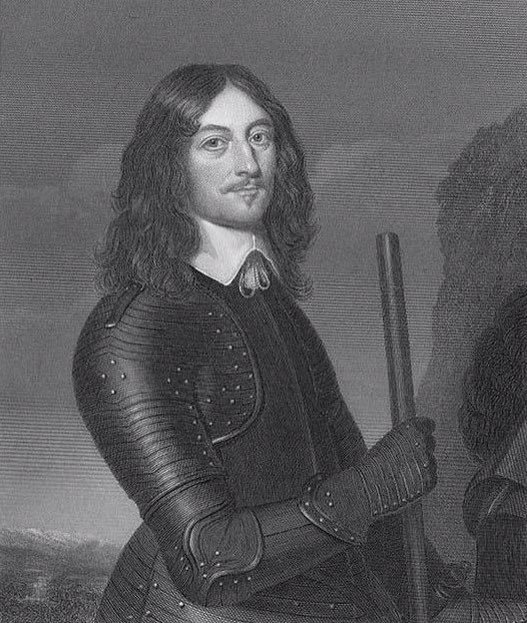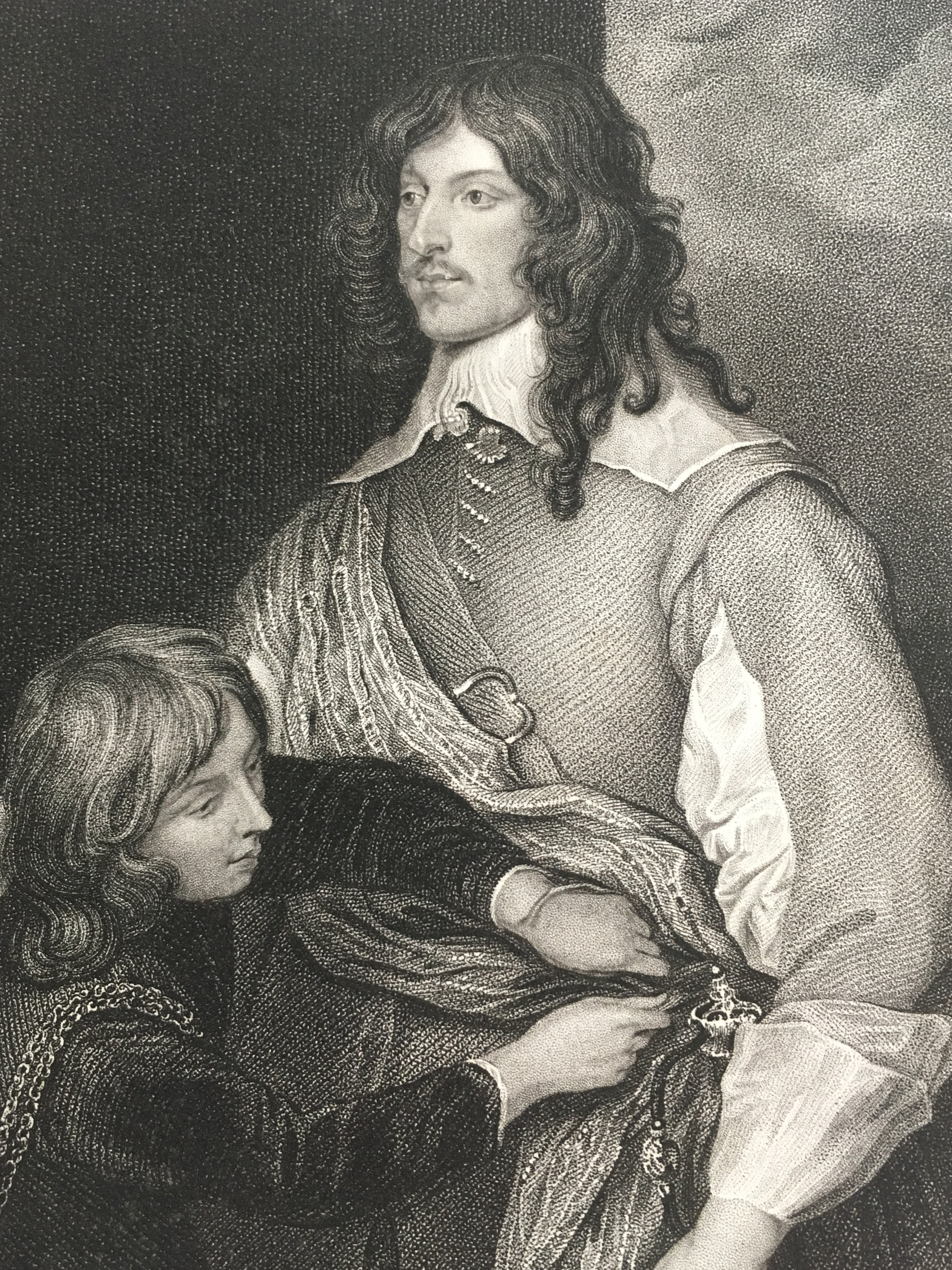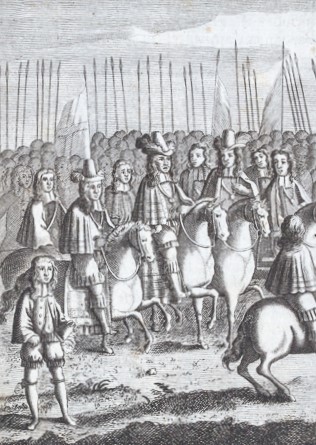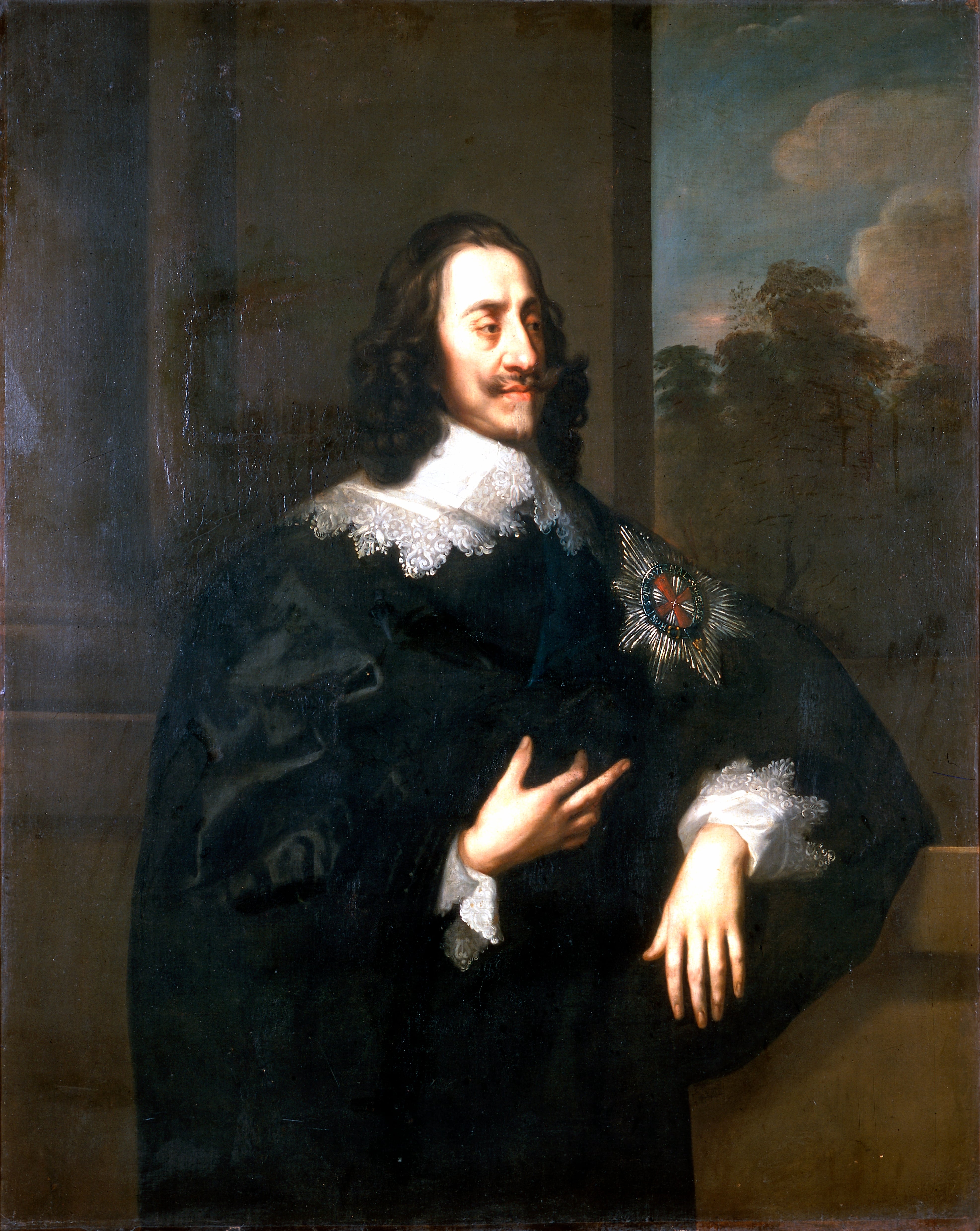Key Figures
James Graham, Marquis of Montrose
Born: 1612
Died: 1650
Key Significance
Montrose was a Scottish general, the Royalist hero who won a series of spectacular victories in Scotland against the Covenanters for Charles I throughout 1644. He had only a small army of Scots Royalists and loyalist Irishmen, waging a virtual guerrilla campaign until his army was destroyed at the Battle of Philliphaugh in September 1645. He was affectively betrayed by Prince Charles in 1650 as part of his negotiations with the Scots Covenanters, captured and hanged in Edinburgh.

Lord George Goring
Born: 1608
Died: 1657
Key Significance
Goring was seen as some as being brave, daring and charming; others hated him for often being drunk and behaving irresponsibly. He served in the Bishop’s Wars and as governor of Portsmouth, was captured in the north but then released and made his reputation as a cavalry commander, even driving back Cromwell at the second battle of Newbury. He became more erratic as the war went on and went into exile in November 1645.

Prince Charles (later Charles II)
Born: 1630
Died: 1685
Key Significance
King Charles I’s eldest son accompanied him on many of his campaigns during the first Civil War, and was present at several battles despite being a teenager. After his father’s death he was proclaimed as King Charles II by the Scots, and campaigned in the Third Civil War to regain his throne. After his defeat by Cromwell at the Battle of Worcester in September 1651 he spent several weeks on the run before managing to escape the country. He returned as Charles II in 1660 at the Restoration of the Monarchy.

King Charles I
Born: 1600
Died: 1649
Key Significance
Charles was the leader of the Royalist cause and, through his actions, was arguably one of the reasons why the Civil War happened. He came to the throne in 1625, but had a less than harmonious relationship with Parliament, ending up in Civil War by 1642. Although he had little military experience Charles led his army from the front and showed great courage, if not a great strategic understanding. After his defeat he was kept under house arrest by Parliament, pending negotiations for a settlement. Charles refused to compromise and intrigued to cause a second Civil War. As a result, he was put on trial and then executed in January 1649 – arguably his finest hour where he behaved with great courage and dignity.

William Cavendish, Marquis of Newcastle
Born: 1593
Died: 1676
Key Significance
Cavendish was one of the richest men in England, and had a reputation as a cultured aristocrat, interested in riding, science and art. He was appointed as the commander of the Royalist forces in the north of England in 1642, and had a good deal of success against the smaller forces of the Fairfaxes. His northern army was defeated at the Battle of Marston Moor in 1644, after which Newcastle went into exile in shame. He returned after the Restoration and rebuilt Nottingham Castle as a palatial mansion.




